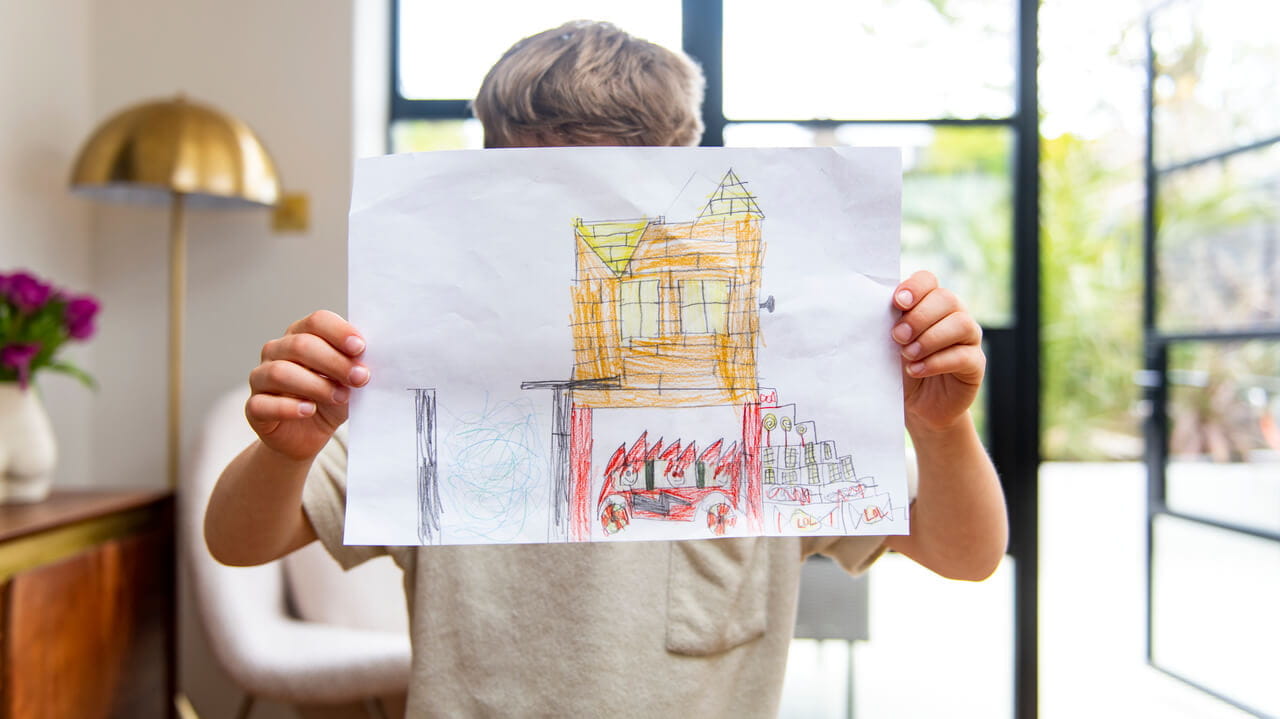Common mistakes to avoid when building your own home

- Curveballs are an inevitable part of the building process - plan at least 10% contingency in your budget.
- Once you’ve made a decision try to stick to it. The cost of making changes increases the further the build progresses.
- While it’s fun to spend on the glamorous details, don’t skimp on crucial elements like insulation, windows, doors and heating that create a home built to last.
1. Plot issues
Hooray, you’ve found the perfect plot for your dream home at last! But before you rush off to the bank, there are some very important details to check before buying.
Planning permission - never purchase a plot of land without planning permission in place. Get in touch with the local planning department to find out if the plot has planning permission, whether it’s outline or full planning permission.
Services - find out the availability and cost of connecting essential services like water, sewage, electricity and broadband. If services are not already connected or unavailable, you’ll need to get connection quotes or seek off-grid solutions.
Soil survey - before you lay the foundations for your home it’s vital to know the type and quality of ground you’re dealing with, as it will inform what kind of foundation is required. If the ground needs complex engineering such as a piled foundation, this will increase your budget so it’s best to get a full picture at the start of the planning process.
2. Not making important decisions at the design stage
3. Going over budget
Blowing the budget is perhaps the most frequent mistake of self-builders, usually in one of two ways:
Starting with an inadequate budget
It’s easy to underestimate project costs and/or how far the budget can stretch. Be sure to take time in the planning stages to do thorough costings so the vision for your dream home can align with the reality of your funds.
Not having a contingency
Unexpected costs are practically a given when building your own home so it’s important to plan for this from the start. You never know at what stage of the process a curveball could be thrown, from a procurement issue to weather delays. You can avoid one of the most common mistakes self-builders make by setting aside at least 10% contingency for your project.
